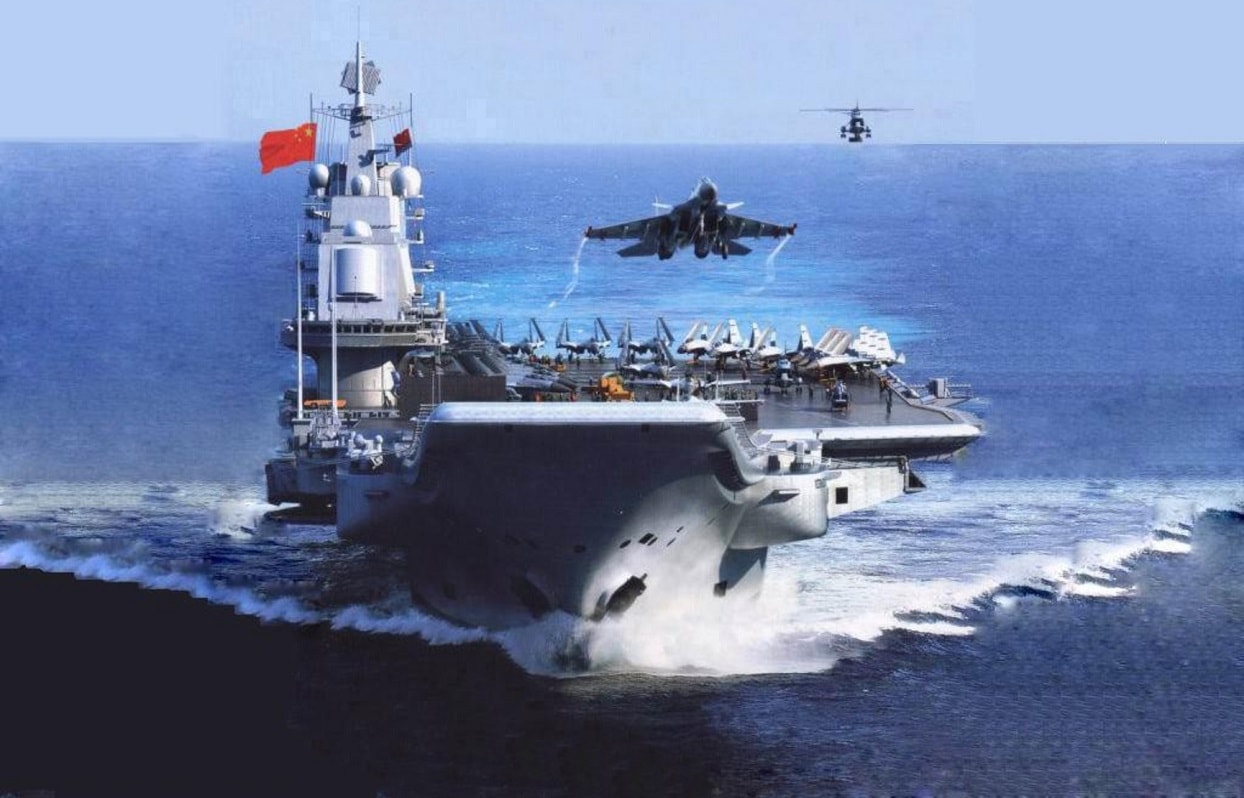If conflict between China and Taiwan ever arises, Taipei hopes that a revamped missile program will help it strike back at a far more powerful aggressor.
Taiwan has high hopes for its Hsiung Sheng land-attack missile. The device can reach the mainland to hit Chinese command-and-control centers and supply depots. It could also pepper airfields to disable runways. In addition, the Sky Bow III surface-to-air missile can target enemy cruise missiles and drones and knock them out of the sky. Another system can destroy ships. These missiles are part of an $8 billion-to-$9 billion, five-year plan the Taiwanese government appropriated in 2021 to better respond to the China threat.
Hitting Deep in Chinese Territory
The Hsiung Sheng missile has a range of 621 miles, which would allow it to hit Wuhan and engage targets along China’s coast, as far north as Qingdao. The Taiwanese are ramping up production of the Hsiung Sheng this year, and 100 should be produced by 2025.
This missile comes in two models. One model has a high-explosive warhead for hardened targets such as command bunkers and supply facilities. The other has a fragmentary warhead to damage runways.
Chieh Chung, a military analyst at the National Policy Foundation in Taipei, said the Hsiung Sheng could reach most bases under the People’s Liberation Army’s Eastern Theater Command. This could include installations in Shanghai and Zhejiang provinces, as well as in the north — to Qingdao, as mentioned previously.
“It could greatly boost the national Army’s capacity to delay or paralyze the communist forces’ pace of an invasion of Taiwan, making it hard for them to achieve a rapid war,” Chieh told the Indo-Pacific Defense Forum in May.
More Investment in Missiles
Taiwan plans to more than double its missile manufacturing capability, going from 207 to 497 missiles produced per year. The effort would involve 34 new missile-making factories. The island nation plans to spend 60% of its military budget on missiles that could stop or slow a Chinese attack by air or by sea.
The Sky Bow III surface-to-air missile in particular could buy time for the Taiwanese during a Chinese incursion. This is a much older munition – its first test launches occurred in 2008 – but Taiwan hopes it can become a mainstay on the battlefield. It can protect against enemy warplanes, cruise missiles, and ballistic missiles. This weapon uses a semi-active radar homing seeker and can acquire multiple targets at once.
Finally, the Taiwanese are emphasizing the Hsiung Feng III, an anti-ship cruise missile meant for shore defense. This projectile, with a 249-mile range, would be valuable for slowing down an amphibious attack from China. There are 20 launchers for this missile now, and 70 are planned to be built by next year.
VIP Visit Under a Microscope
Taiwan should be commended for adding to its defense budget with additional set-asides for these missile systems. All three systems are badly needed, and their production could not come at a more precarious time. China loves to saber-rattle, as indeed it showed when U.S. Speaker of the House Nancy Pelosi visited the island this week. Pelosi was probably briefed on Taiwan’s efforts to build more missiles, and Taiwanese President Tsai Ing-wen perhaps broached the topic of additional military assistance from the United States. These are the conversations that get under China’s skin.
Beijing will continue to monitor Taiwan’s missile development. It will also closely follow the war in Ukraine to see how an invading force can be slowed down by rockets and artillery fire. Taiwan can only race to build more missiles as the future of relations between Taipei and Beijing becomes tenser.
Now serving as 1945’s Defense and National Security Editor, Brent M. Eastwood, PhD, is the author of Humans, Machines, and Data: Future Trends in Warfare. He is an Emerging Threats expert and former U.S. Army Infantry officer. You can follow him on Twitter @BMEastwood.

